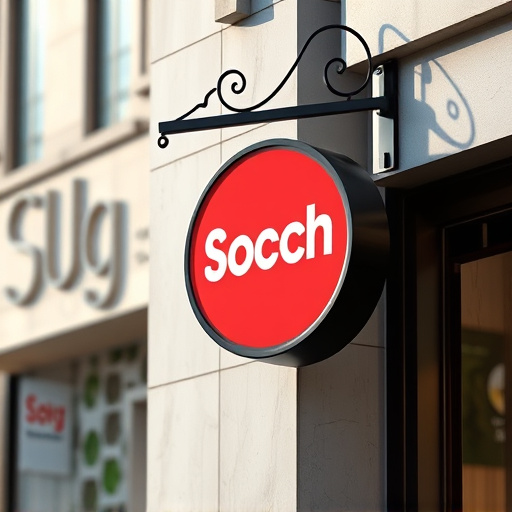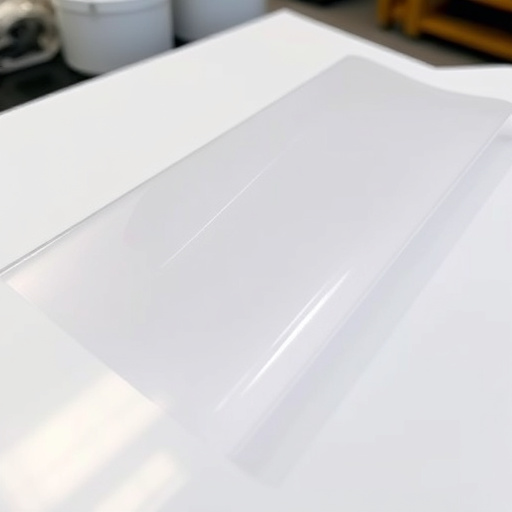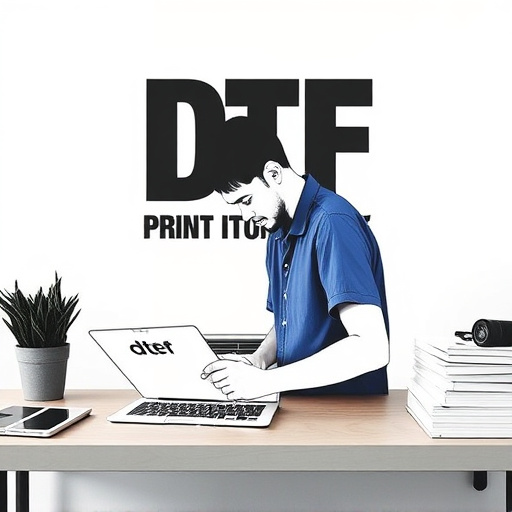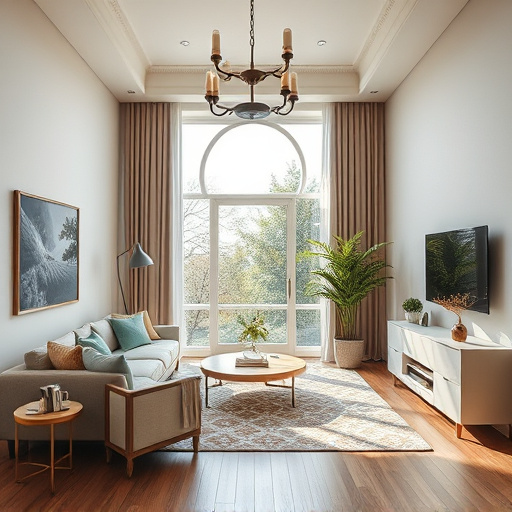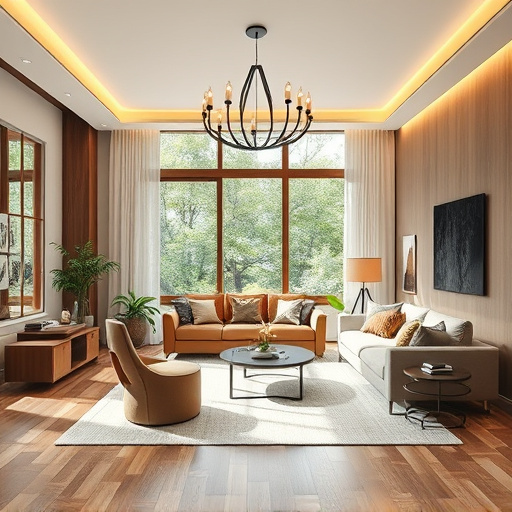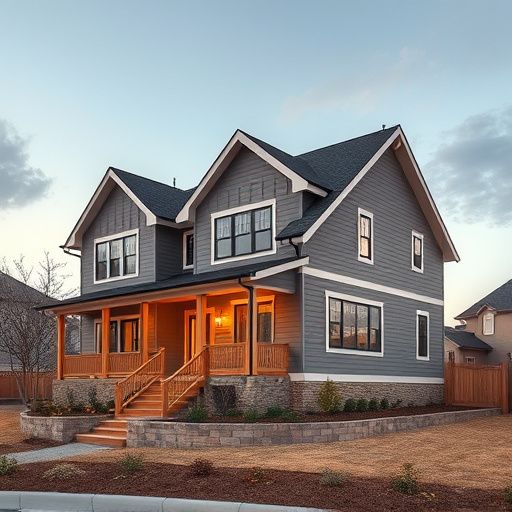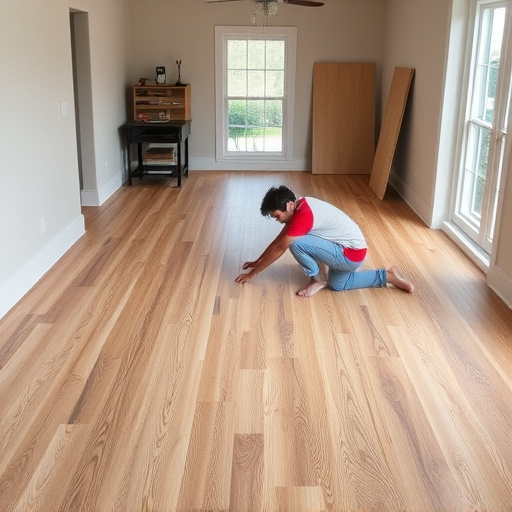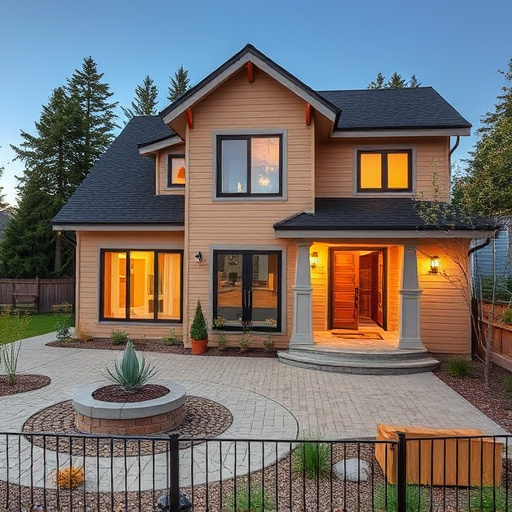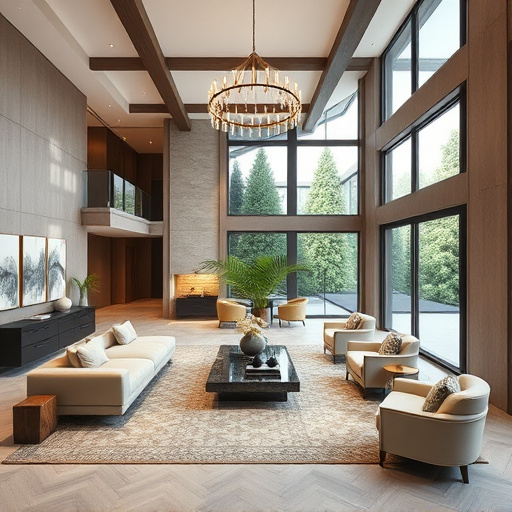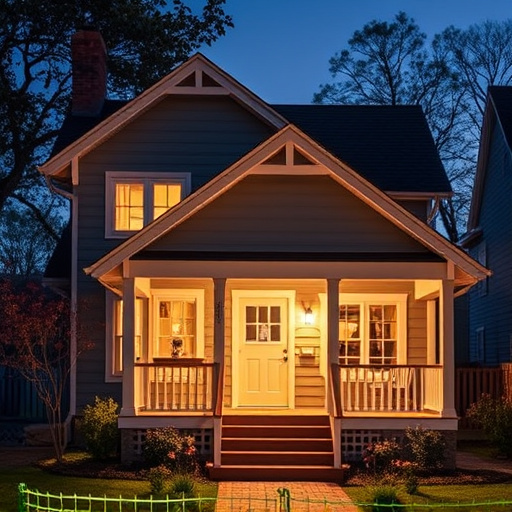Before hiring an interior designer, define your design style, project scope, and budget. Clearly communicate expectations for interaction and decision-making to ensure a successful partnership resulting in functional spaces that reflect your unique aesthetic.
Planning a home renovation? Engaging an interior designer is a game-changer. Before you start, pose these crucial questions to ensure a harmonious partnership. First, understand your design style preferences – modern, minimalist, or eclectic? Next, define project scope and budget for clear expectations. Effective communication and collaboration are key; discuss frequency of meetings and decision-making processes. By asking these essential questions, you’ll set the stage for a successful transformation with your interior designer.
- Understanding Your Design Style Preferences
- Defining Project Scope and Budget
- Communication and Collaboration Expectations
Understanding Your Design Style Preferences
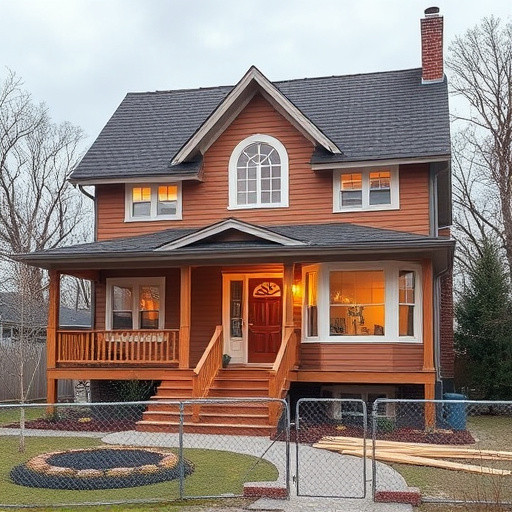
Before meeting with an interior designer, it’s essential to have a clear idea of your design style preferences. This self-reflection is crucial for guiding the professional in creating a space that aligns with your tastes and expectations. Start by considering what types of designs inspire you—modern, minimalist, traditional, or perhaps a mix of eclectic styles. Think about the ambiance you want each room to exude and the overall aesthetic that resonates with your personality.
Understanding your style helps set the foundation for successful collaboration. You can communicate these preferences effectively during your initial consultations, ensuring the interior designer creates customized work tailored to your vision. This process is even more vital when planning residential renovations or home transformations, where defining your design aspirations upfront leads to a seamless and satisfying outcome.
Defining Project Scope and Budget
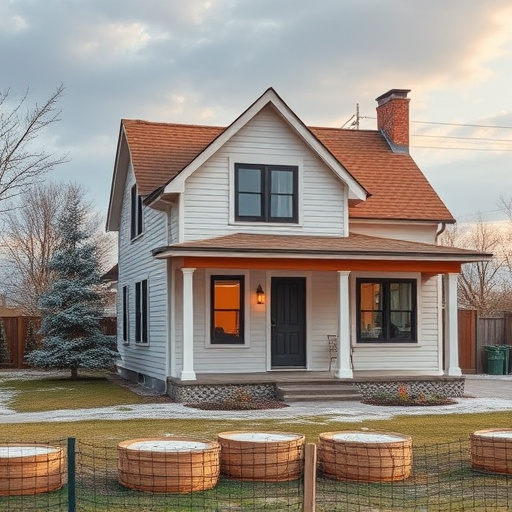
Before diving into any project with an interior designer, it’s crucial to define both the scope and budget. This initial step is key in ensuring a successful collaboration. Start by discussing your vision clearly; what specific areas of your home require redesign or remodeling? Are you aiming for a complete transformation or subtle enhancements? Defining these goals helps set the project’s scale and direction.
Next, open dialogue about financial considerations. Home renovation projects can vary widely in cost, from relatively minor upgrades to extensive, transformative remodels. Setting a budget together—taking into account materials, labor, and any necessary permits—helps align expectations and prevents surprises along the way. An honest conversation about both scope and budget with your chosen interior designer is essential for a project that not only meets but exceeds your expectations, turning your home into functional spaces that truly reflect your style and personality.
Communication and Collaboration Expectations
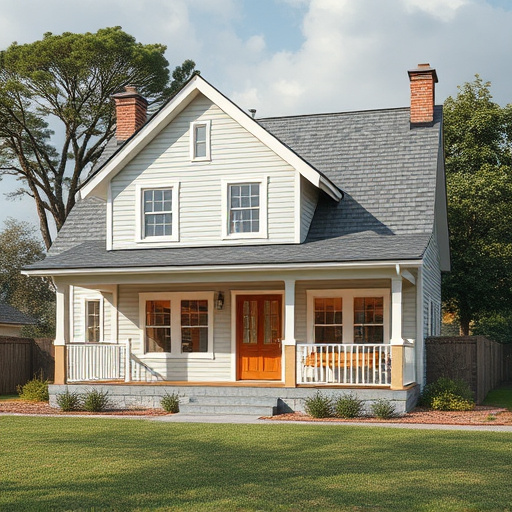
Effective communication is the cornerstone of a successful collaboration with your interior designer. Before starting any project, be clear on how often you expect to interact and discuss progress, changes, or concerns. Some designers prefer regular weekly meetings, while others may schedule updates monthly. Understanding their preferred communication methods and yours is key to ensuring everyone is on the same page throughout the process.
When working with an interior designer for a kitchen and bath remodel or even whole house remodels, it’s essential to establish expectations early on. Discuss how decisions will be made, from selecting materials and finishes to finalizing floor plans. Will you be involved in every step, or is there a point where your input shifts from conceptual to final details? Clarifying these aspects fosters collaboration, ensuring your vision for functional spaces aligns with the designer’s implementation.
When working with an interior designer, clear communication and a well-defined brief are key to achieving your dream space. By understanding your design style, setting realistic project scope and budget parameters, and establishing collaborative expectations from the start, you’ll be better equipped to engage with your designer effectively. Remember, an informed client is the best partner for any successful interior design project.

